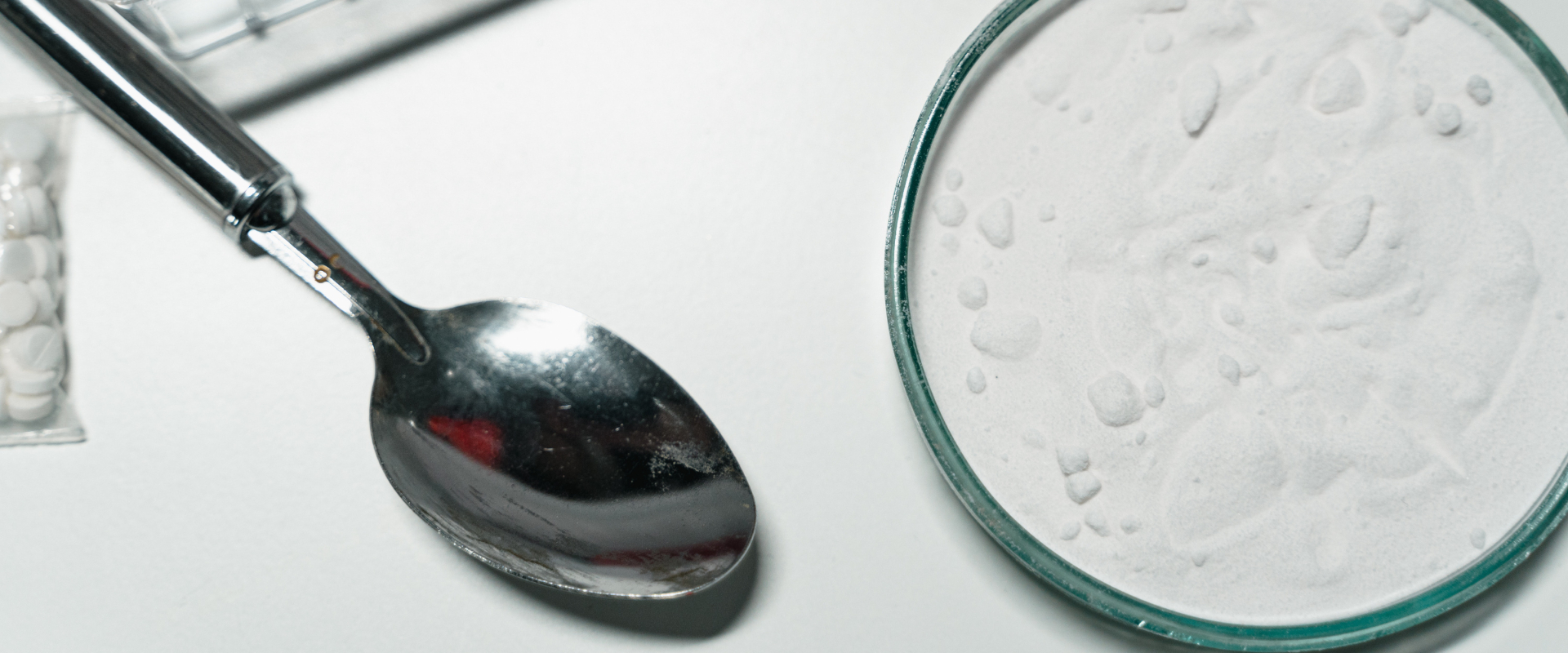
The murder rate in the United States, while relatively high among other developed countries, has been declining since the 1990s. However, the murder rate for one demographic group, young black males, saw sharp increases throughout the 1980s and remained persistently higher than other demographic groups that experienced long-term declines in their murder rates.
 Timothy J. Moore, a Rising Star Associate Professor of Economics at Purdue University, and his coauthors explain why the murder rates for young black males rapidly increased and why they remain substantially higher than most other demographic groups in their paper, “Guns and violence: The enduring impact of crack cocaine markets on young black males,” published in the Journal of Public Economics.
Timothy J. Moore, a Rising Star Associate Professor of Economics at Purdue University, and his coauthors explain why the murder rates for young black males rapidly increased and why they remain substantially higher than most other demographic groups in their paper, “Guns and violence: The enduring impact of crack cocaine markets on young black males,” published in the Journal of Public Economics.
In this paper, Professor Moore contends that there is a meaningful relationship between the spread of crack cocaine markets and the sustained increase in the murder rate of young black males. Moore’s estimates find that “even today, nearly 25 years after the peak of systemic violence in retail crack markets, crack-related violence and suicide may explain approximately one tenth of the gap in life expectancy between white and black males.”
Moore and his coauthors explain that the structure of crack cocaine markets is especially suited for perpetuating violence. Crack cocaine offers an instant, affordable high to consumers that is highly addictive. In contrast to powder cocaine sales that occur primarily between a well-acquainted dealer and customer in private, crack cocaine was often sold in small doses in open-air drug markets to buyers that purchased multiple times a day.
This purchasing behavior made selling locations the key to profitability for crack dealers. Crack markets contribute directly to murder rates in communities where multiple dealers compete, often violently, for the best spots to sell.
Curiously, while systemic violence from crack markets has declined, the gap in murder rates remains and disproportionately affects young black males.
Moore and his coauthors contend that an increased rate of firearm possession is a key reason why the murder rate of young black males remains so high relative to other demographic groups. While most young black males were not participating in the violence associated with crack markets, gun possession increased among those not involved in the drug trade seeking protection from the violence witnessed in communities most affected by crack cocaine markets.
Moore and his fellow researchers documented changes in gun possession among young black males by using gun-related suicides as a proxy for gun possession. They find a sustained increase in gun-related suicide rates among young black males that follows a similar path as murder rates for the same group. They also contend that the increased rates of gun possession among young black males fundamentally altered the lethality of violent interactions within this group.
Since every homicide needs both “a confrontation that rises to the level of violence” and “a method of violence sufficient to end a participant’s life,” Moore and coauthors say the emergence of crack markets could increase both factors.
They call attention to the fact that guns are durable goods that remain in use in the same areas long after their direct use in crack markets is over. Moore illustrates that the effects of crack markets on violence is long-lasting, as their evidence suggests that the murder rate for young black males is 70 percent higher than it otherwise would have been even 16 years after the emergence of these markets.